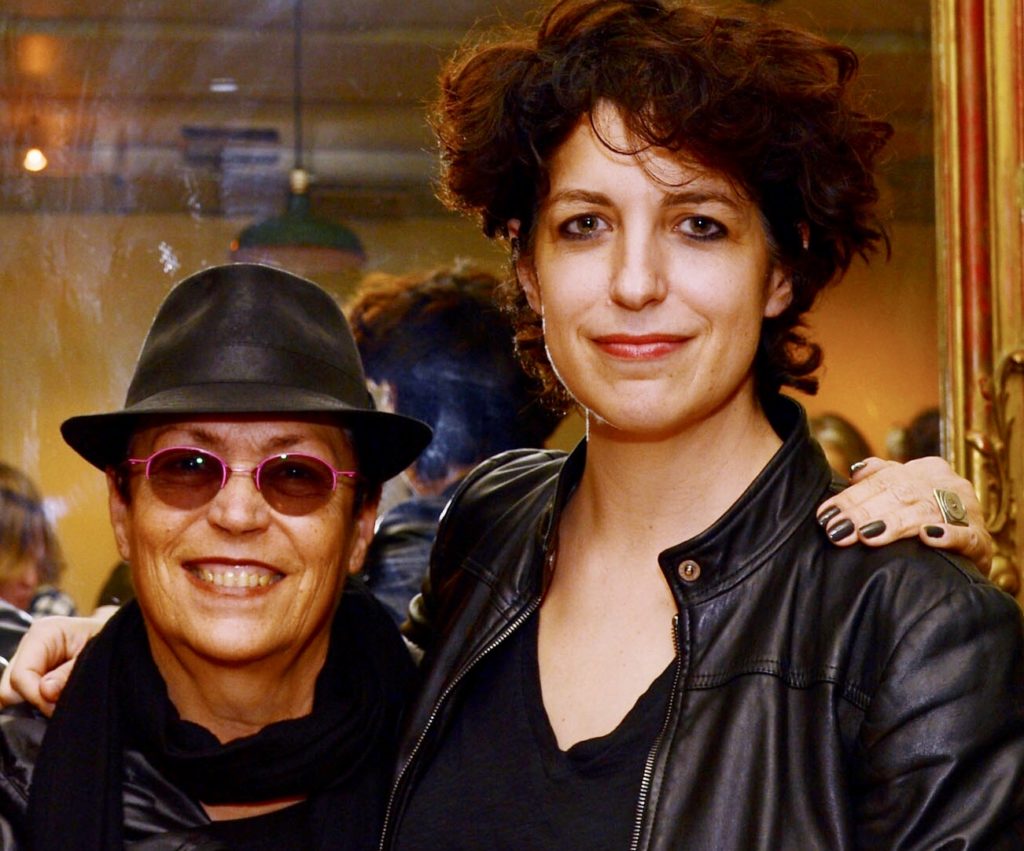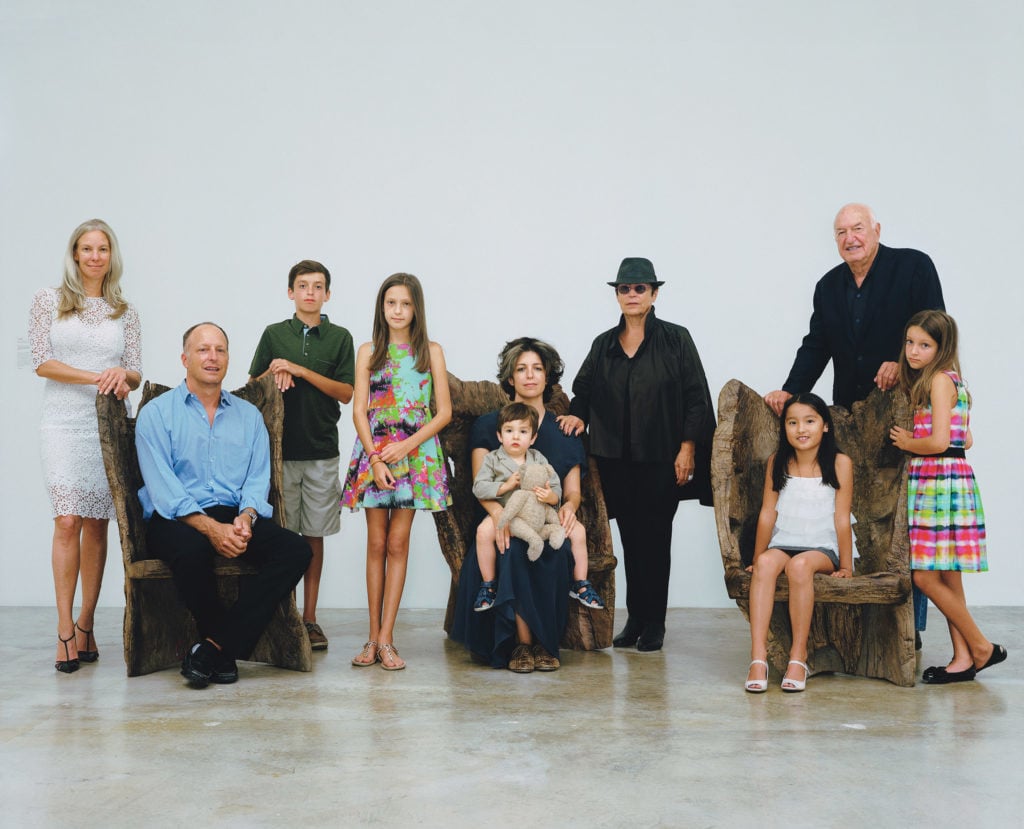People
Mother-Daughter Power Duo Mera and Jennifer Rubell Reflect on How Art Has Shaped Their Relationship
On the occasion of Mother's Day, we spoke with the collector and the artist.

On the occasion of Mother's Day, we spoke with the collector and the artist.

 This Sunday, May 12th, families around the world will celebrate Mother’s Day. In honor of the occasion, artnet News spoke with art-world duo Mera Rubell, an art collector, and her daughter, Jennifer, an artist, about how their shared passion informs their relationship.
This Sunday, May 12th, families around the world will celebrate Mother’s Day. In honor of the occasion, artnet News spoke with art-world duo Mera Rubell, an art collector, and her daughter, Jennifer, an artist, about how their shared passion informs their relationship.
Both are currently preparing to debut major new projects: in December, Mera will oversee the relocation of the Rubell Museum in Miami from its Wynwood home, where it has lived for 25 years, to a new, 100,000 square-foot campus in the city’s Allapattah neighborhood. And, in early 2020, Jennifer will have a solo exhibition at Meredith Rosen gallery in New York, and debut a major public participatory project in Canada.
From gallery hopping to discussing each others’ work, read on to learn more about how art has shaped the bond between the Rubell women.
Growing up, Jennifer, what did you think of your mom’s art collection and what did you learn from her about art?
It’s more my family’s collection. My father Don, my brother Jason, and my mom are completely, pathologically collaborative. What did I think of it? It was the all-consuming passion of the rest of my family. Admittedly, it made me feel lonely.
Mera, were you surprised that your daughter followed you into the field to become an artist? If she wasn’t your daughter, do you think you would collect her work?
I always knew Jennifer would end up being an artist. And I also understood that most children of collectors do not become artists. They’re too intimidated by the critical eye of their collecting parents. Jennifer’s work is groundbreaking, and ultimately, she decided this is what she needed to do with her life. We believe in her work and we collect it. Frankly, we’d exhibit it more if she weren’t our daughter.

The Rubell family by Rineke Dijkstra. From left: Michelle, Jason, Samuel, Ella, Jennifer, Max Wyss (on lap), Mera, Stevie Kim-Rubell, Don, and Olivia.
Do you help each other with your respective work?
Jennifer: I think the biggest help is that I grew up understanding what compelling work is, which made me the harshest imaginable critic of my own work. That was hard when I was starting out, before I had faith that the good work would come. Now it’s extremely motivating. I’m always trying to get to work that touches the viewer in some unexpectedly and deeply moving way, and I don’t let myself believe I’ve gotten there until I actually have.
Mera: Having an artist in the family makes us more intimately connected with the commitment, passion, and vulnerability of what it means to be an artist. Because we collect emerging art, we have always spent time getting to know the artists we collect. But even though we’ve been to thousands of artists’ studios, having an artist for a daughter makes us aware of the long process we never see. Through Jennifer, we have become more sensitive to what an artist has to go through behind the scenes—both physically and emotionally—to actually realize their work.
Do you think art has brought you closer together?
Jennifer: Art has given us something outside of ourselves to talk about. Which, from what I hear, is a pretty good idea in mother-daughter relationships.
Mera: I cherish the intimate and intense conversations that happen between us around art.
What art related things do you enjoy doing together?
Jennifer: We enjoy seeing gallery shows separately, and then talking about them. I sneak in and out of galleries. I can’t take the chit chat.
Mera: I love going to museums together and exchanging perspectives.
Why do you think art is important?
Jennifer: Because art tells a truth that nothing else can. It’s not reductive. It doesn’t minimize feeling. The act of making it is intensely private, and then the act of others seeing it is intensely public. I don’t know what, other than art, could possibly record our humanness so accurately.
Mera: Art is important because it actually deals with the essence of life. It endlessly addresses the quintessential questions of what connects us and what makes us human. The great hope is that art can bring people together.